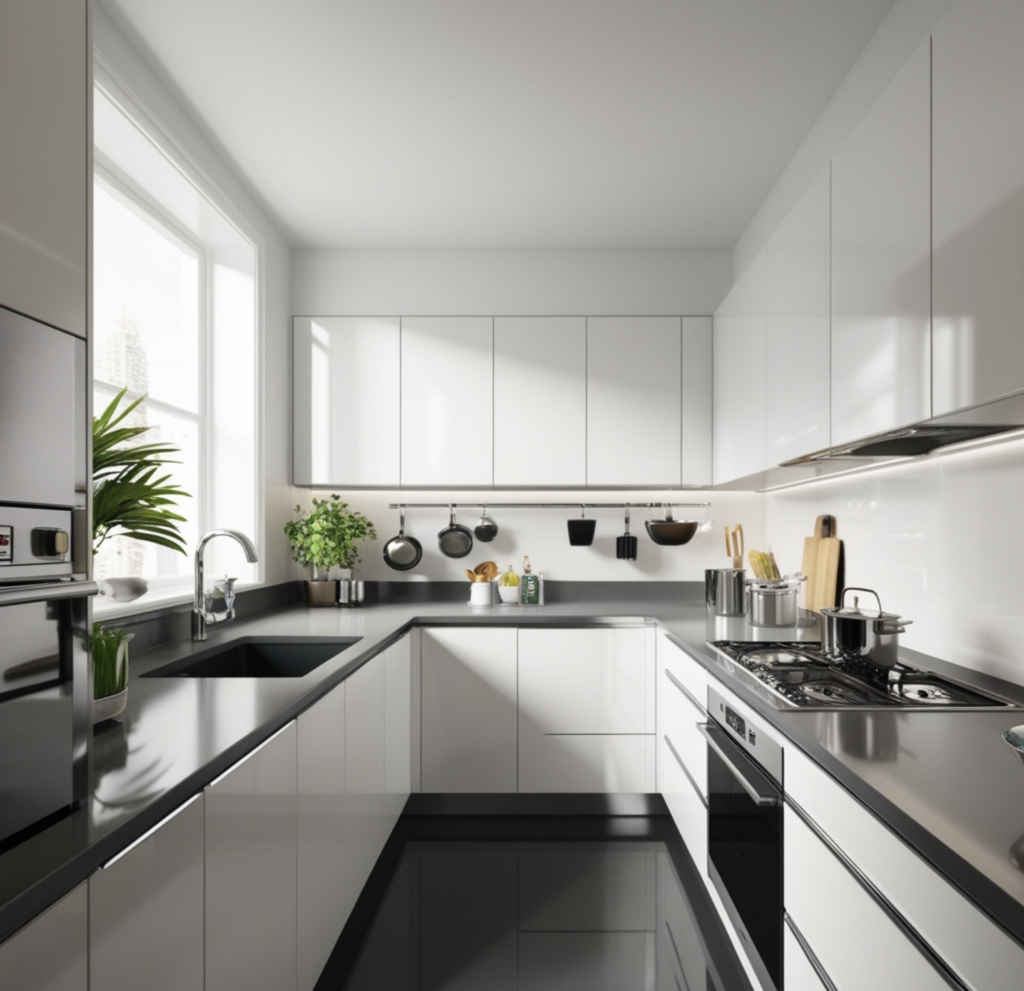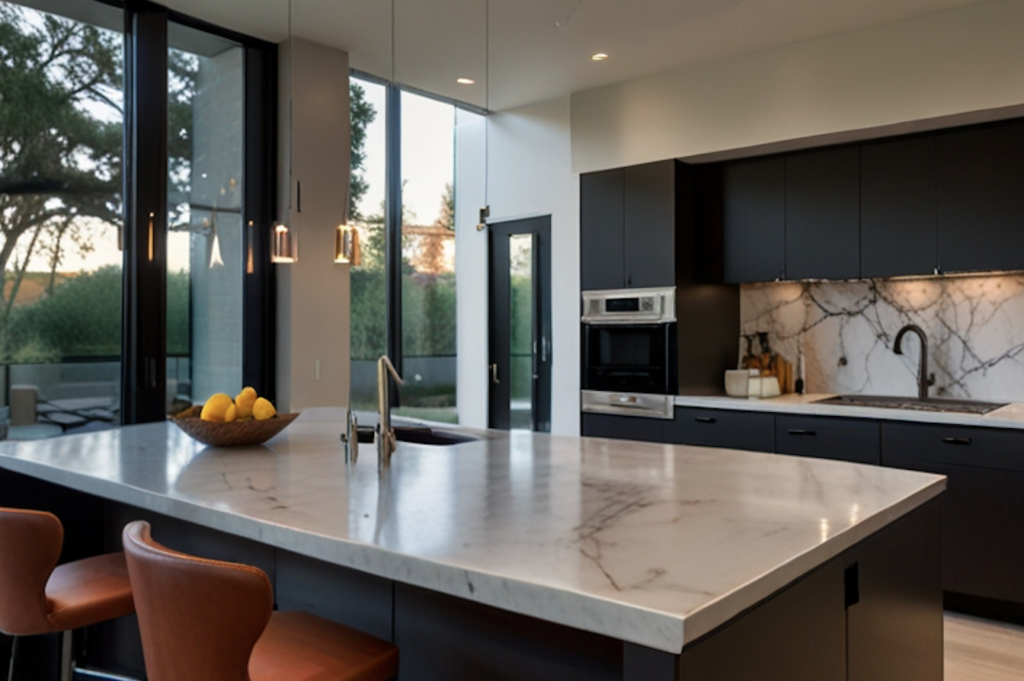As a seasoned kitchen remodeling expert, I’ve seen my fair share of both triumphs and missteps. To help you avoid common pitfalls and deliver exceptional results, I’ve compiled a list of key mistakes to steer clear of in today’s evolving market.
1. Underestimating the Power of Planning:
Detailed Design Plans: Create detailed design plans, including layouts, appliance placement, and storage solutions. Visualize the final result to avoid costly changes later.
Thorough Assessment: Before diving into demolition, conduct a comprehensive assessment of the existing space, including measurements, structural integrity, and potential challenges.
Client Communication: Establish clear communication with clients, understanding their vision, needs, and budget. A shared understanding is crucial for a successful project.
2. Neglecting Ergonomics:
- Client-Centric Design: Remember, kitchens are functional spaces. Design with the user in mind, considering factors like height, reach, and workflow.
- Efficient Layout: Ensure the work triangle (sink, stove, refrigerator) is efficient and minimizes unnecessary steps.
- Seating and Storage: Provide comfortable seating options and ample storage solutions to enhance functionality and user experience.
3. Overlooking the Importance of Lighting:
- Layered Lighting: Combine natural light, task lighting, and ambient lighting to create a balanced and functional space.
- Natural Light: Maximize natural light by strategically placing windows and considering skylights.
- Task Lighting: Ensure adequate lighting for specific areas like the sink, stove, and prep zones.
4. Ignoring the Impact of Color Psychology:
- Mood and Atmosphere: Understand how color can influence the mood and atmosphere of a kitchen. Use color to create a desired ambiance, whether it’s warm and inviting or cool and calming.
Cohesive Color Schemes: Develop a cohesive color scheme that complements the overall design and reflects the client’s personality.
5. Forgetting About Storage Solutions:
Hidden Storage: Utilize hidden storage options, such as under-sink cabinets or pull-out drawers, to maximize space efficiency.
Ample Storage: Assess the client’s storage needs and plan accordingly. Incorporate a variety of storage solutions, including cabinets, drawers, pantries, and specialized features like lazy Susans or pull-out shelves.

6. Underestimating the Value of High-Quality Materials:
- Durability and Aesthetics: Invest in high-quality materials for countertops, cabinetry, and appliances to ensure long-lasting durability and a premium aesthetic.
- Sustainable Choices: Consider eco-friendly and sustainable materials to appeal to environmentally conscious clients.
7. Neglecting the Finishing Touches:
- Hardware and Fixtures: Choose hardware and fixtures that complement the overall design and enhance functionality.
- Backsplash: Select a backsplash that is both functional and visually appealing, protecting walls from spills and adding a design element.
8. Ignoring the Importance of Ventilation:
- Proper Ventilation: Ensure adequate ventilation to remove cooking odors, moisture, and pollutants.
- Exhaust Fans: Install high-quality exhaust fans with sufficient CFM (cubic feet per minute) to effectively clear the air.
9. Underestimating the Power of Technology:
- Smart Appliances: Consider incorporating smart appliances to enhance convenience and efficiency.
- Home Automation: Explore home automation options to control lighting, temperature, and other features remotely.
10. Forgetting About the Client’s Needs:
- Client-Centric Design: Throughout the remodeling process, keep the client’s needs and preferences at the forefront.
- Regular Communication: Maintain open communication with clients, addressing concerns and making adjustments as needed.
By avoiding these common mistakes and incorporating these expert tips, you can deliver exceptional kitchen remodels that exceed your clients’ expectations and elevate your reputation as a top-tier remodeling professional.



